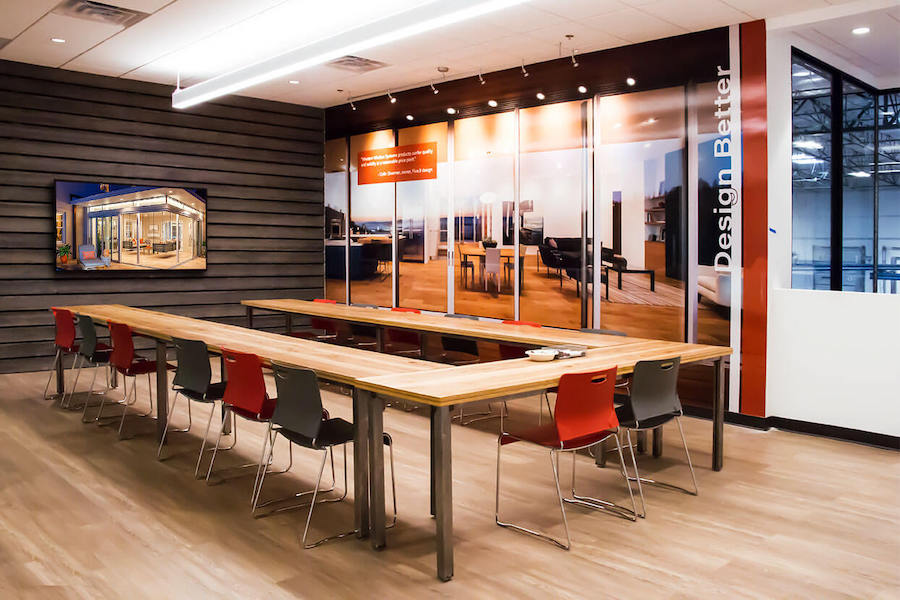
Can You Hear Me Now? Part 2
3 Things That Impact the Quality of Your Conference Room Audio
Remember the famous Verizon commercials from earlier in this century? Call quality and geographic coverage were major issues at that stage in the development of mobile networks. Fast forward to 2022, and "can you hear me now" has more applicability to today's Zoom, WebEx, and Microsoft Teams video conferencing. The same is true for any other form of audio that involves an IP network, a conference room, and the need for all parties to comprehend each other.
Two decades after that Verizon campaign first appeared; why is this phrase still a common refrain, only now in many videoconferences? It has to do with several factors, not the least of which is the design of modern conference rooms. We have addressed conference room audio-video quality in an earlier post, and in this one would like to go a bit further, as audio quality will be crucial to creating meeting rooms that work for in-office staff and remote teams alike.
Please read on to learn more about improving conference room audio in your Scottsdale, AZ, organization.
SEE ALSO: Can You Hear Me Now? The Importance of Conference Room Audio
Ambient Noise
In today's open office concepts, ambient noise can be a big issue in voice intelligibility. If people congregate and hold conversations outside the room, that background din can come through the microphones. If the discussions are going on in the back of the same room while others are trying to communicate with a remote group, it's even worse. We have discussed microphone placement in a previous blog, talking about reverberation and sound decay. Placing microphones closer to the speakers is one solution to help minimize the pickup of background noise. Another is the use of more sophisticated DSP processing to suppress background sound. Finally, acoustic treatment helps insulate the room better from outside sounds or noise coming through walls in adjacent offices or meeting rooms.
Optimizing Your RT60
RT60 is a measure of reverberation time or the amount of time that it takes a sound to decay by 60 dB from its original level. For conference rooms, that optimal time is .6 seconds, which will vary in other spaces of different sizes. In spaces with higher reverberation times, the sounds of voices and footsteps take longer to dissipate, making for more noticeable ambient noise. The noise produced by this reverberation decreases speech intelligibility and contributes to more "can you hear me now." We mentioned modern conference room design contributing to the noise factor; the trend to using hard flooring and surfaces exacerbates the problem. The solution lies in carefully applying sound-absorbing materials in various parts of the design.
Sound Masking
If completely changing the office design and materials is not a great option, sound masking is another solution to help tame the din. What is it? It's engineered background noise. While it sounds like white noise, the engineered part is making the added noise sound like airflow and tuning it to the frequency of the human voice. Sound masking reduces the intelligibility of human speech happening around you, but not in close quarters. It is widely used for focus and privacy in open-office environments with significant ambient noise. It is not sound cancellation; it simply makes the din fade into the background.
Level 3 Audiovisual is a Tempe, Arizona-based national managed services provider helping organizations of all sizes across the U.S. design, deploy, and manage AV systems and infrastructure. Learn more by reaching out to Level 3 Audiovisual or clicking the chat box below to connect instantly. We look forward to working with you.

